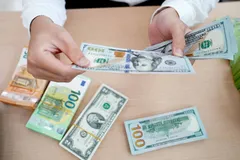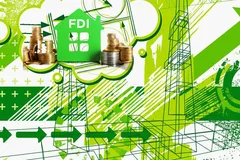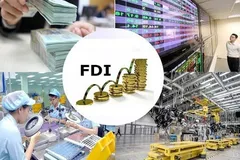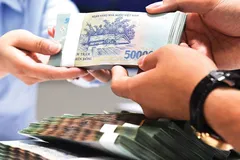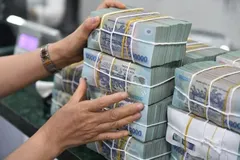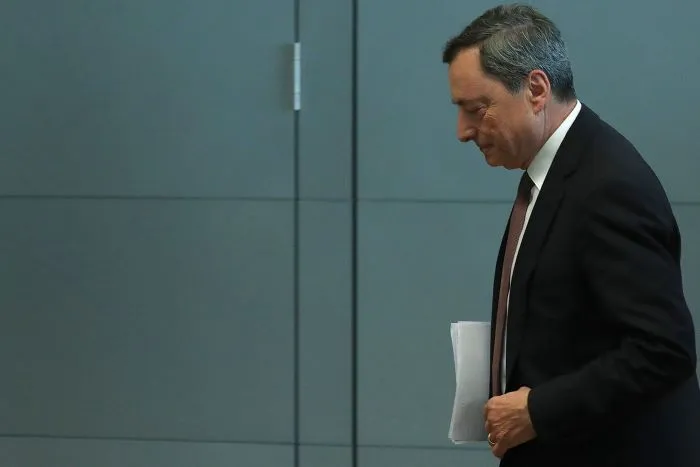
The move, less than five months before Mr. Draghi leaves office, underscores the dovish tilt of Mr. Draghi’s ECB over the past eight years—a positioning that has wowed investors but may not be repeated by his successor.
His comments echo suggestions by Federal Reserve Chair Jerome Powell this week that the U.S. central bank could cut short-term interest rates in response to any economic deterioration triggered by trade tensions.
The ECB was restrained in its policy statement, pledging to extend the time frame before any rate increase to the middle of 2020 from the end of this year, and announcing generous terms on a new batch of long-term loans for banks. The ECB’s key interest rate is currently set at minus 0.4%.
But in a question-and-answer session, Mr. Draghi said several of the ECB policy makers, members of the 25-strong rate-setting committee, had raised the possibility of rate cuts while others mentioned restarting asset purchases.
Asked whether the ECB’s next move on interest rates was more likely to be a rise than a cut, Mr. Draghi said “No.”
That marks a big shift because the ECB had previously been moving to phase out its extraordinary policy tools, including negative interest rates, and had been steering investors to expect a future interest-rate hike. The central bank phased out its €2.6 trillion bond-buying program, known as quantitative easing, in December.
The euro rose after the ECB announced its decision and remained higher even after Mr. Draghi referred to the rate-cut discussion. That reflected aggressive positioning by investors, some of whom had expected the ECB to be more forthright about a coming rate cut, analysts said.
“Today’s meeting was as dovish as it can get without actually engaging in new action,” said Carsten Brzeski, an economist with ING in Frankfurt.
To be sure, the eurozone economy still appears to be growing, if more slowly than in recent years. Inflation in the region is expected to pick up gradually from its current level of 1.2%, according to new ECB staff forecasts published on Thursday. The ECB aims to keep inflation close to but below 2% over the medium term.
But ECB officials are increasingly concerned by foreign headwinds, including the rising threat of protectionism and vulnerabilities in emerging markets, which are leaving their mark on economic sentiment.
The ECB “is determined to act in case of adverse contingencies and also stands ready to adjust all of its instruments,” Mr. Draghi said.
Many other central banks have either lowered interest rates or have put reductions on the table. Concerns about the global economy have intensified in recent weeks as trade tensions have mounted. Global bond yields have tumbled, suggesting investors are betting on easier monetary policy, while falling oil prices suggest inflation could fall further below the 2% annual rate that many central banks deem optimal.
Federal Reserve officials have indicated they could lower interest rates if the economic outlook worsens. A growing chorus of central banks in developed and emerging economies has already taken this step.
India’s central bank on Thursday cut its key lending rate for the third time this year. On Tuesday, the Reserve Bank of Australia lowered its benchmark rate. Other central banks in the Asia-Pacific region including New Zealand, Malaysia and the Philippines have reduced interest rates in recent weeks. China’s central bank has taken steps to encourage more bank lending to small businesses.
But the ECB is more constrained in what it can do compared with other central banks. Its key policy rate is already negative, making it difficult to reduce it much further. While rates at other key central banks such as the Fed are low, they are positive, giving those banks more scope to use the traditional interest-rate tool to spur economic growth and inflation.
“There is a question in markets as to whether central banks still have the ammunition” to combat an economic downturn, said Vincent Juvyns, global market strategist with JP Morgan Asset Management. Mr. Draghi “really wants to reassure markets that this is the case.”
The global slowdown is a big problem for Europe, whose economy is heavily geared toward exports. Growth in Germany, the region’s manufacturing powerhouse, stalled late last year amid weak demand from economies like China and the U.K., which has yet to agree on terms for its divorce from the European Union.
To counter the threat, the ECB rolled out fresh stimulus in March, pushing back the timing of an interest-rate rise—which was further extended Thursday—and unveiling a new batch of cheap long-term loans for banks.
ECB officials have been holding out for an economic rebound in the second half of the year, hoping that foreign headwinds would fade. Instead, the outlook appears to be darkening. Recent business surveys suggest eurozone growth may have halved in the second quarter from the first. Germany’s jobless rate rose in May for the first time in five years.
In part, Mr. Draghi’s hand may have been forced by the recent dovishness of the Federal Reserve.
“If the Fed sees the necessity [to signal possible rate cuts], it would have been very strange for the ECB to act differently,” and negative for the European economy, said Mr. Juvyns.



